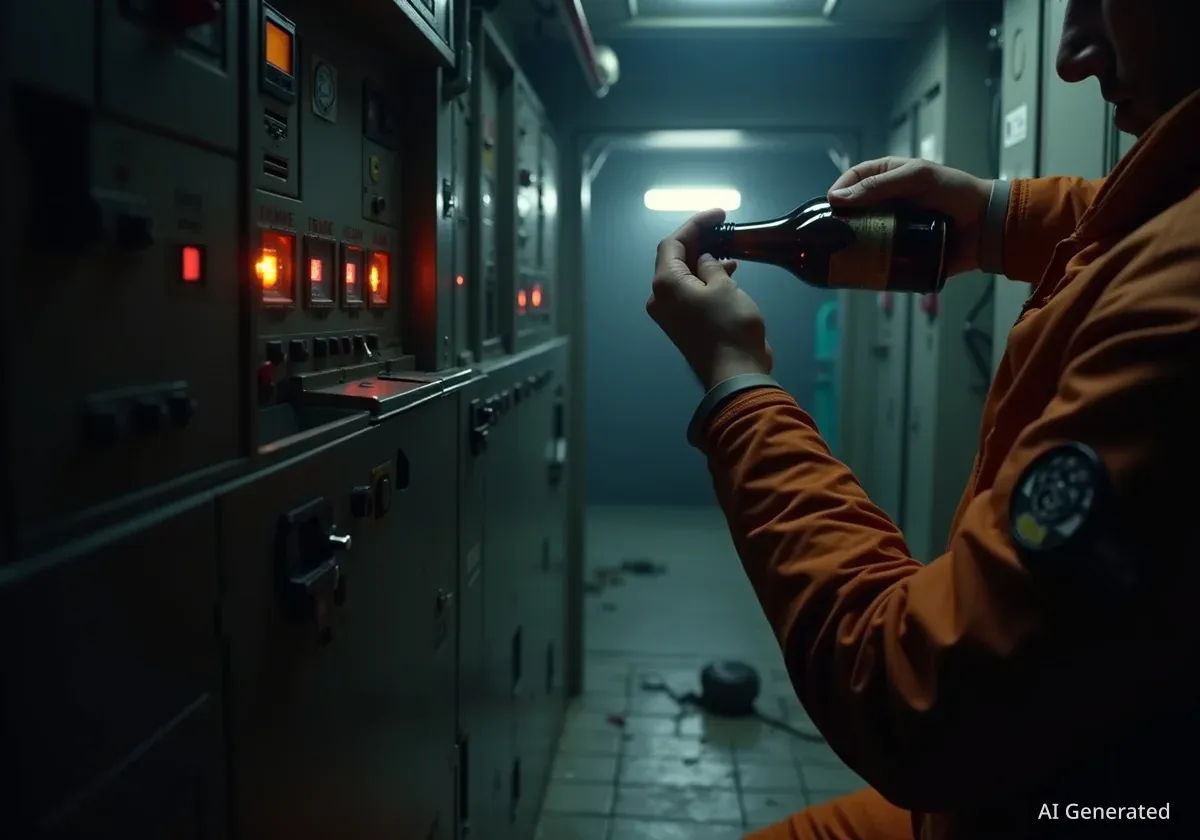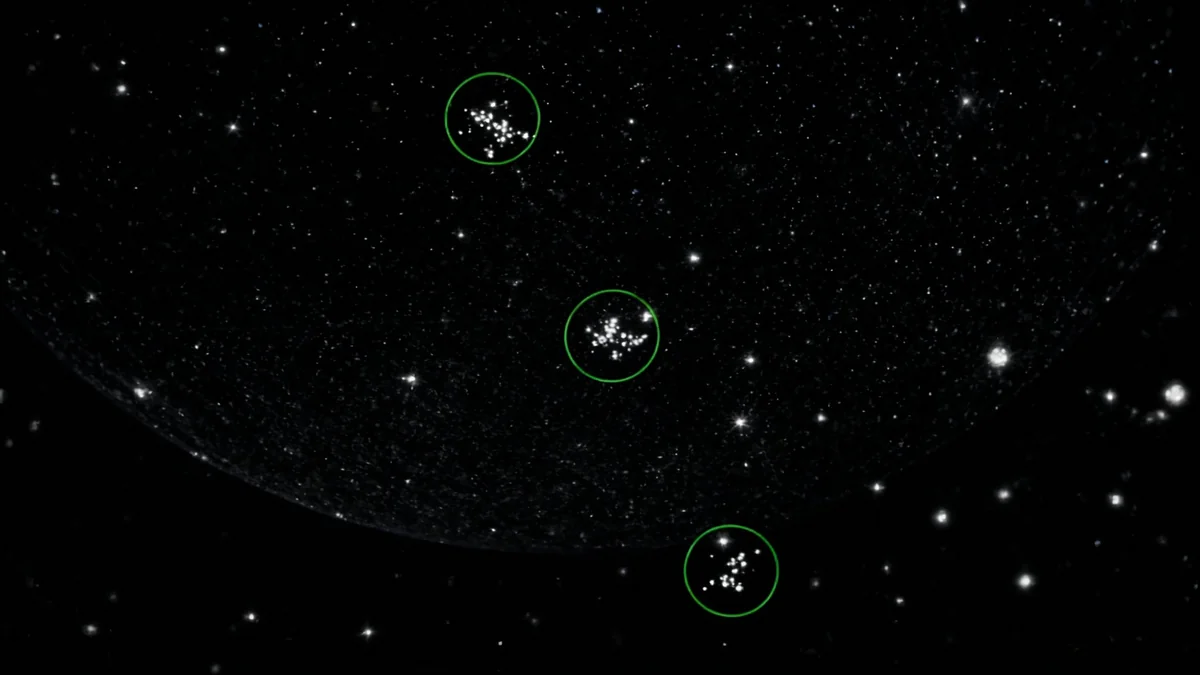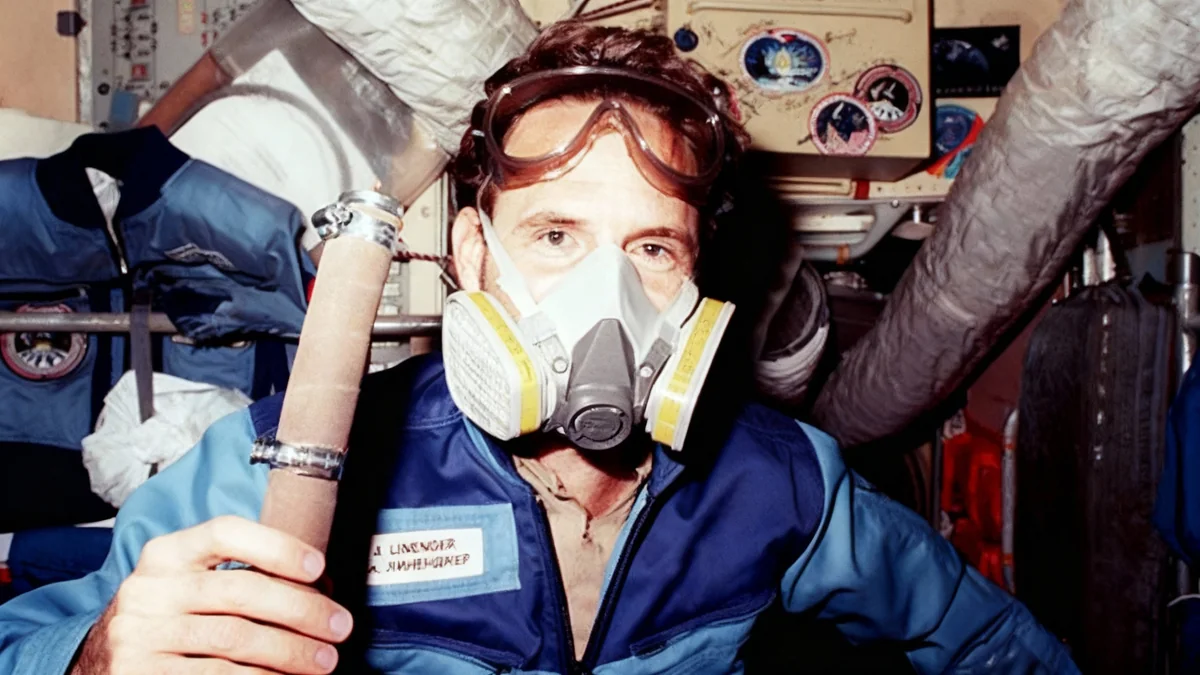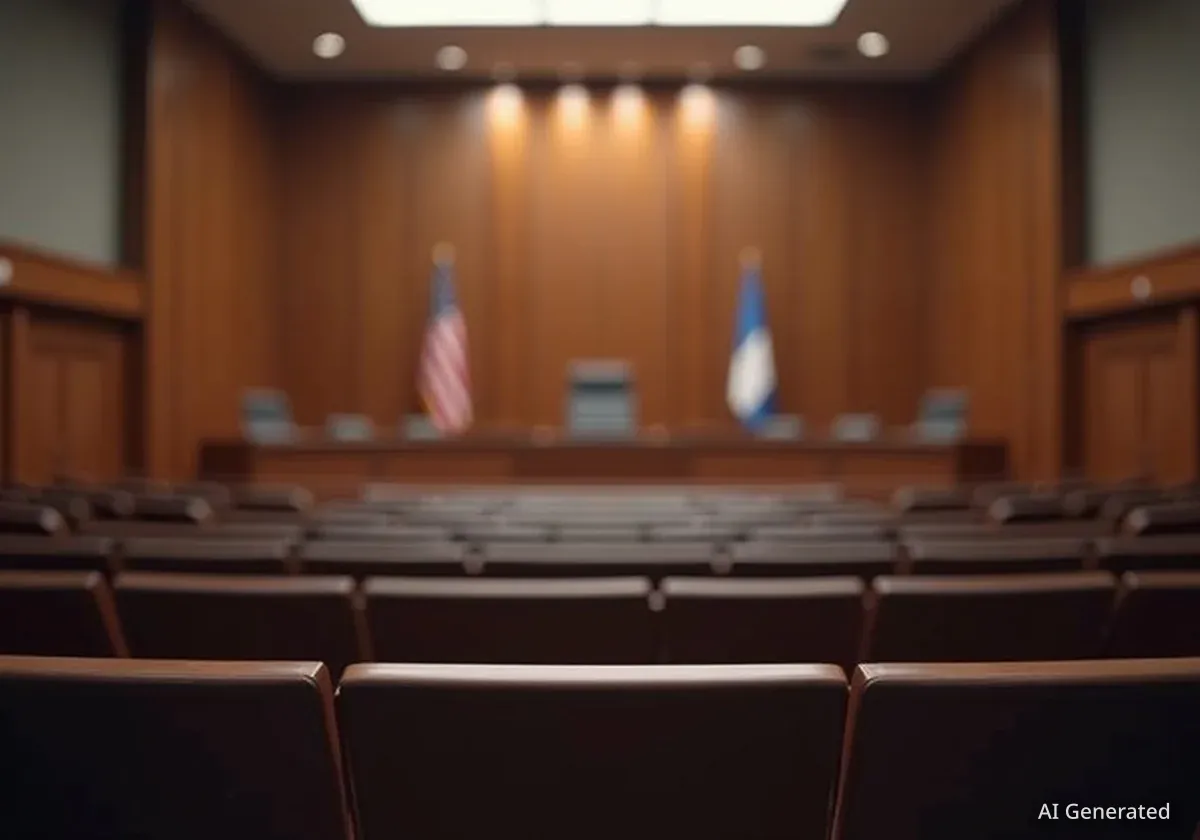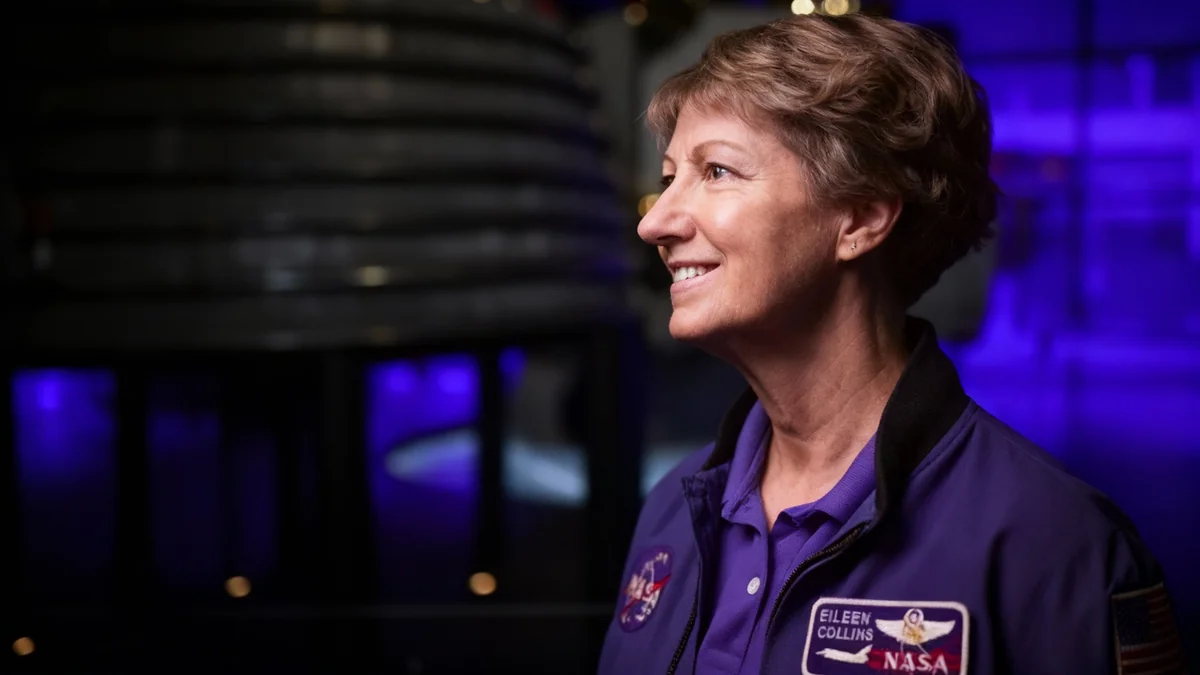On June 25, 1997, the Russian space station Mir faced a catastrophic event when an uncrewed cargo ship collided with it, causing a critical loss of air pressure. In the aftermath of the near-disaster, the Russian crew turned to a long-standing but unofficial tradition to manage the stress: drinking cognac that had been secretly brought aboard the station.
Key Takeaways
- In 1997, the Mir space station was struck by a Progress M-34 cargo spacecraft during a docking test, severely damaging the Spektr module.
- The collision caused a rapid depressurization, forcing the crew to seal off the damaged module to save the rest of the station.
- Following the incident, Russian cosmonauts consumed cognac, a traditional but unofficial way they coped with stress on long missions.
- The event highlighted a significant cultural difference between NASA, which strictly prohibits alcohol, and the Russian space program.
- Lessons from the Mir collision and other emergencies directly influenced the safety protocols and design of the International Space Station (ISS).
A Collision High Above Earth
The incident occurred during a manual docking test of the Progress M-34, an uncrewed resupply vehicle. The goal was to test a new remote-control system, but the spacecraft approached Mir too quickly and missed its intended docking port. Instead, it struck the Spektr science module, one of the station's key components.
The impact was significant. It punctured Spektr's hull, creating a breach that caused air to vent rapidly into space. Alarms blared through the station as the crew realized they were in immediate danger. The loss of pressure threatened the integrity of the entire orbital outpost.
The Mir Space Station
Launched by the Soviet Union in 1986, Mir was the first modular space station and was continuously inhabited for nearly a decade. It served as a crucial laboratory for long-duration spaceflight research, but by the late 1990s, it was aging and experiencing frequent technical problems, including a serious fire just months before the collision.
Quick Thinking Prevents Total Loss
The three-person crew—Russian cosmonauts Aleksandr Lazutkin and Vasily Tsibliyev, along with NASA astronaut Michael Foale—had to act fast. Their primary task was to isolate the leaking Spektr module from the rest of the station to stop the air loss. However, this was complicated by thick cables and power lines running through the hatchway connecting Spektr to the main station.
With time running out, Lazutkin and Foale worked together to disconnect the essential cables. According to accounts from the mission, they used a small knife or tool to sever the connections before sealing the hatch. This decisive action successfully contained the leak, stabilizing the pressure in the remaining modules and saving the station from being abandoned.
Despite their success, the situation remained perilous. The collision had knocked Mir into a slow tumble, and the loss of the Spektr module meant the station lost a significant portion of its power generation, as its solar arrays were attached to the damaged section.
An Unofficial Russian Tradition
In the tense hours and days that followed, the Russian cosmonauts turned to a unique coping mechanism. It was a long-standing, albeit unsanctioned, tradition in the Russian space program to have a small supply of cognac or vodka on board for special occasions or stressful moments. This was in stark contrast to NASA's strict zero-alcohol policy.
According to reports, the alcohol was often smuggled aboard in containers disguised as other items, such as juice cartons or exercise equipment. Cosmonauts would consume it using straws from sealed bags to manage the liquid in microgravity.
Drinking in Zero Gravity
Consuming liquids in space presents unique challenges. Without gravity, fluids do not stay in an open cup and can float away in globules. To drink, astronauts and cosmonauts use sealed containers with straws that rely on suction. This method was also used for the cognac aboard Mir.
Russian space psychologists and doctors sometimes informally approved of the practice, viewing it as a tool to relieve psychological tension during missions that could last for many months. For the crew of Mir, the aftermath of the collision was one of the most stressful experiences imaginable.
A Cultural Divide in Orbit
The decision to partake in the cognac highlighted a clear cultural divide between the American and Russian space programs. After the immediate danger had passed, the cosmonauts offered some to their American colleague, Jerry Linenger, who was also on board at the time but was in a different module during the crisis. Linenger, adhering to NASA regulations and his own assessment of the situation, declined the offer.
In his book, Linenger recalled the moment, stating his belief that the situation was far too serious to be drinking alcohol. The station was still damaged and operating on reduced power, and he felt it was important to remain fully alert.
This difference in perspective was not a source of major conflict but served as an example of the varying operational philosophies. Where NASA prioritized rigid adherence to rules and protocols, the Russian program sometimes allowed for more flexibility and traditional human comforts, even in space.
- NASA Policy: A complete and total ban on alcohol for astronauts during missions.
- Russian Practice: An unofficial tolerance for small amounts of alcohol, seen as a psychological aid.
These differing views occasionally created misunderstandings between international crews, but they also reflected the distinct histories and cultures of the two pioneering space-faring nations.
Legacy of the 1997 Mir Incident
The Progress M-34 collision was a major turning point for space station operations. It, along with a fire that had occurred earlier that year, exposed the vulnerabilities of an aging station and the inherent risks of long-term human presence in orbit. The incidents triggered a comprehensive review of safety procedures for both the Mir program and future space habitats.
The lessons learned were directly applied to the development and operation of the International Space Station (ISS), which was already in the planning stages. Key improvements included:
- Enhanced Debris Shields: Better protection against potential impacts from space debris or vehicle collisions.
- Improved Emergency Procedures: More robust protocols for dealing with fires, depressurization, and other emergencies.
- Redundant Systems: Designing the station so that the loss of one module would not lead to a catastrophic failure of the entire structure.
The story of the Mir collision remains a powerful example of human ingenuity and resilience under extreme pressure. The crew's ability to save the station, combined with the uniquely human way they coped with the aftermath, is now a notable chapter in the history of space exploration.

